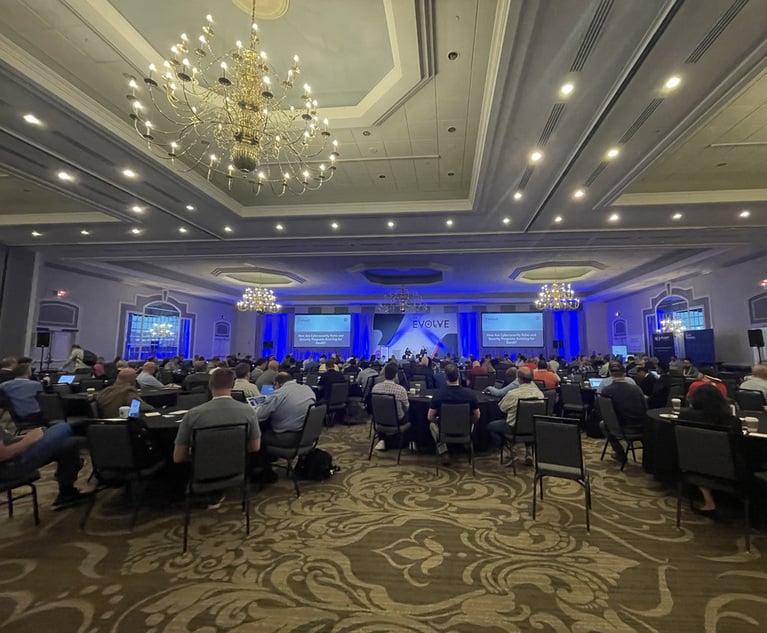According to the NationalInsurance Crime Bureau (NICB), cases of suspected fraud in theU.S. rose 27% from 2010 through 2012, producing more than 100,000questionable claims. Fraud costs U.S. property-casualty insurers anestimated $30 billion annually.
|Just look at one recent example that occurred in last monthMiami: 22 people were charged in a major home insurance fraud ringtotalling about $7.6 million in losses from various insurancecompanies. The ring staged at least 17 fake home damage incidentssuch as fires and floods, and false claim settlements were paid tothe fraudsters.
|This latest example of insurance fraud is just a ripple in thewater. In 2012, home insurance fraud in the U.S. was the secondmost popular type of fraud, with 17,000 questionable claimsmade.
|Insurance is, or should be, a straightforward equation: Thepremiums of the many pay for the losses of the few. However, thegrowth of fraud is turning this equation upside down. Given thebottom-line impact on the industry and the growing cost topolicyholders, there is an urgent need for a fight againstfraud.
|There are various avenues the industry can take, but the mainpoint is that the insurance community has an opportunity to set theequation right again.
|How can we stamp out fraud once and for all?
|1. Take a holisticapproach. The industry needs a concerted effort to useevery available tool to prevent fraud from happening in the firstplace and to help identify it when it has. There needs to be arange of different measures that take advantage of technology anddemand cultural and behavioral changes.
|2. Make it aboardroom issue. You would think that fraud figures wouldbe as easily available as those for combined ratios or grosswritten premiums, but they're not. How about instituting a requiredsection on fraud in a carrier's annual report and SEC filings?Carriers need to ensure that fraud is a high priority, strategicissue in their business.
|3. Don't wait until aclaim has been filed. Waiting to identify fraud at theclaims stage is putting the cart before the horse. Nailing fraud atthe point of underwriting should be the priority because it's moreabout the history of the individual or business being covered thanthe actual risk itself. Creating a comprehensive record-checkingsystem can help eradicate fraud before it happens.
|4. You can't losewhen you share. Sharing information among the insurancecommunity is absolutely critical, yet this is still not happeninguniversally. Although the NICB is encouraging more coordinationacross the industry, many U.S. carriers are still workingindependently. In contrast, UK insurers benefit from the existenceof the CompensationRecovery Unit, a government database designed to recoup moneypaid out in benefits to people injured in accidents. For example,if an insurer gets a claim, they can search the database and see ifthat person already has a claims record. If they've already hadhalf a dozen claims in the past, the chances of fraud risesignificantly.
|5. Data speaks foritself. The use of a wider data set to get a betterpicture of fraud indicators is also important. Some carriers arealready implementing advanced analytics and claims predictivemodeling to help in areas such as workers' compensation claims andauto bodily injury.
|6. Examineindustry-wide behaviors toward claims. If a claim is paidin cash for a “stolen” item, does that reward a potential fraud?Better perhaps to provide a “like-for-like” service. Unfortunately,some carriers have focused on cost cutting in areas such asproviding a replacement service for household goods, arguing thatpaying out in cash is cheaper and easier. It might make sense inthe short term, but it can have the unfortunate effect of promotingfraud and increasing costs over a longer period.
|7. Enactrehabilitation programs. Ensuring the claimant has toattend a prescribed rehabilitation program for example means that afraudster will have to effectively work for their money. It may bea simple change, but it makes it harder for fraudsters to gain.
|As markets mature, insurers get better at managing fraud–but itcan never be managed out completely. Situations like the Floridafraud ring may still happen, but perhaps on a smaller scale ifsolutions like the above points are put in place. No one can doanything about the catastrophic impact of a hurricane or anearthquake, but fraud is one catastrophe that every part of theindustry should be working hard to minimize.
Want to continue reading?
Become a Free PropertyCasualty360 Digital Reader
Your access to unlimited PropertyCasualty360 content isn’t changing.
Once you are an ALM digital member, you’ll receive:
- All PropertyCasualty360.com news coverage, best practices, and in-depth analysis.
- Educational webcasts, resources from industry leaders, and informative newsletters.
- Other award-winning websites including BenefitsPRO.com and ThinkAdvisor.com.
Already have an account? Sign In
© 2024 ALM Global, LLC, All Rights Reserved. Request academic re-use from www.copyright.com. All other uses, submit a request to [email protected]. For more information visit Asset & Logo Licensing.








